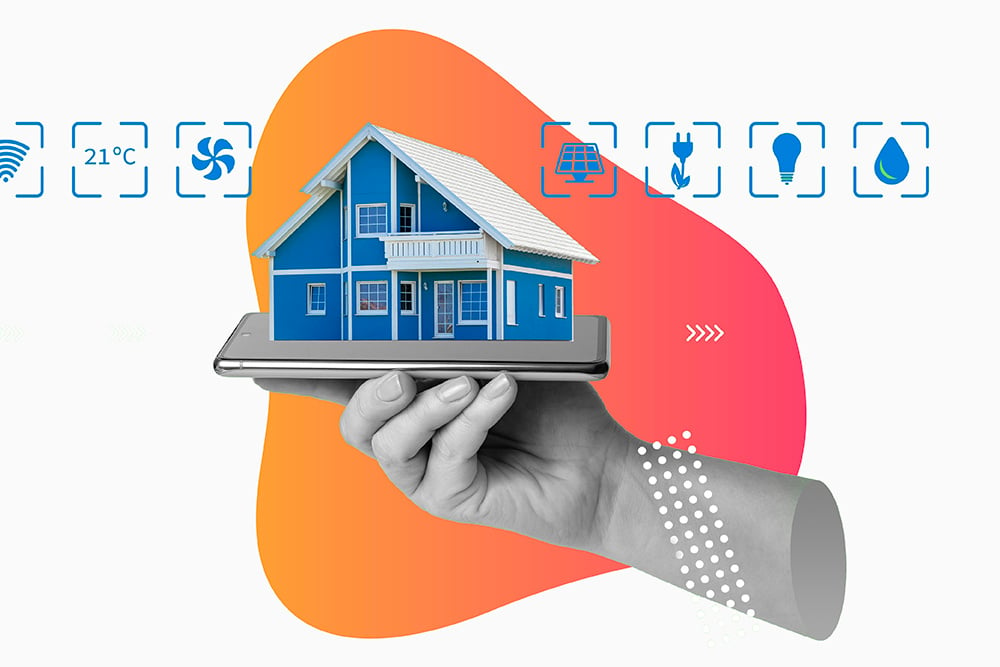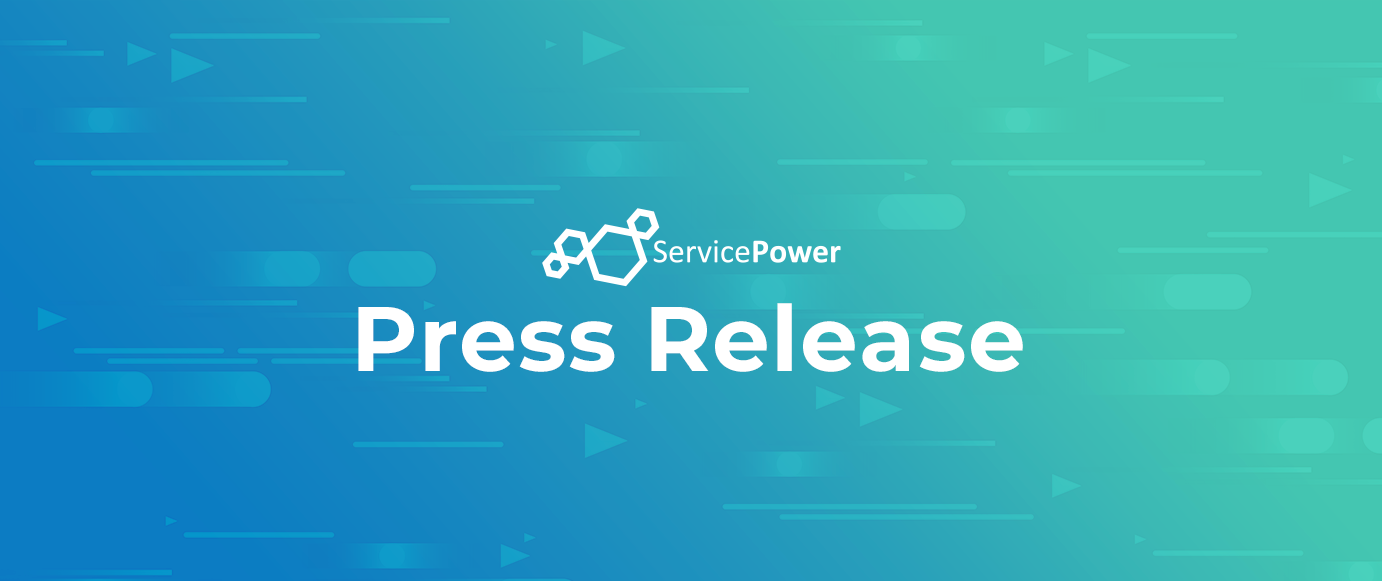How to Optimize P&C Insurance Companies for Growth & Success
Software for insurance companies is rapidly changing the way client needs are addressed. Insurtech innovations can be found in every nook and cranny...

As we slowly emerge from COVID-19 sequester in our homes, many of us will face a completely changed workplace. And some of these changes will be permanent. We have learned a lot about how employees engage with customers and one another and how to keep them safe and productive. The learning curve has been particularly steep for companies, including property and casualty insurers, that must actively engage with customers in the field to ensure business continuity.
For many businesses, COVID-19 social distancing has exposed weaknesses as well as opportunities. For those that had already pursued virtual claims processes strategies, supported by adjusters equipped with mobile solutions in the field, the learning curve was steep but manageable. Others are racing to quickly catch up so they will be ready to meet inevitable demand surges as social distancing requirements ease.
Even before COVID-19, the list of face-to-face requirements for claims processing had been shrinking. Insurers are learning to deploy mobile technologies more effectively, making remote workforces more agile and enabling them to better engage with policyholders. Today, insurers can prep adjusters and policyholders in advance for faster, more thorough interactions. Technology to do this, once a nice-to-have, has now become vital during the pandemic.
New best practices across property and casualty insurers include pre-coordination between adjusters and policyholders, which reduces required face-to-face time and using smartphone-shot images or video to eliminate the need for an onsite visit. And these new practices are likely to become more common. When the pandemic eases, many insurers will undoubtedly continue deploying these new engagement tools, extending the value of their mobile workforce management solutions to further improve the overall experience of claims resolution.
Our company works with many major insurers that are already pushing the envelope for what is possible now and after the pandemic. For now, these insurers are motivated by their ability to better protect adjusters and policyholders, but the other benefits are hard to ignore. Not only are some claims resolved faster — setting the stage to streamline certain types of claims, but also there’s evidence that direct communication between the adjusters and policyholders, facilitated by the mobile platform, is driving better engagement and improving customer satisfaction.
As we move more of claims processing to virtual platforms, we risk losing quality engagement opportunities with policyholders. The industry must fill this void in new ways, and technology will play an increasingly important role in this process. And it cannot merely be an extension of existing marketing platforms that were designed for different purposes. A frustrated or vulnerable policyholder mustn’t feel like a prospect. They wouldn’t feel that way if an adjuster met them face to face.
To move personal touch into a virtual world requires a deeper understanding of policyholders, their unique concerns, the timing and frequency of questions, and what’s worked and not worked in the past. Existing processes must be codified in software so that communications are relevant and authentic and personal touch isn’t lost altogether.
Insurers are turning to claims processing platforms that are purpose-built for policyholder communications and engagement. These platforms are designed to anticipate and proactively communicate so that call centers, which can also be impersonal, aren’t overburdened with frustrated policyholders seeking answers that are hardly a surprise given their situation, geography and other easily knowable details.
Sometimes adjusters must go into the field: Not every claim can be handled virtually. For those adjusters who must go into harm’s way, especially during a crisis such as COVID-19, it can be a difficult and selfless choice to go onsite. Insurers know this, and they are now more focused than ever on protecting adjusters who head into the field on their behalf. An entire industry, and tens of thousands of families, depend on their responsiveness. Efficiency gains are often the first rationale for investing in new technology, but during this pandemic, software has a much more important purpose. Where under normal circumstances a policy holder’s zip code is just another field in a spreadsheet, now it is a vital piece of information that can protect adjusters in the field and the policyholders they serve. Many insurers are proactively flagging at-risk zip codes so as not to send in an adjuster unprepared or expose them to an area of surging cases. If a face-to-face visit is required, best practices and up-to-the-minute protocols can be shared with adjusters in advance, all through the same mobile software used to dispatch them.
Once in the field, greater vigilance is required, too, from preparing adjusters to safely enter homes, shops and other locations to sharing guidelines in advance with policyholders. This cannot be done well in silos. Insurers are increasingly relying on mobile workforce management technology to ensure the right message reaches the right parties in a timely fashion. Processes must be put in place and well documented when lives are at stake.
The COVID-19 pandemic has changed the rules for how work is done at home and in the field. Businesses are not only learning how to keep employees simultaneously safe and productive but also how to better use existing technology to do that. In conversations we are having with large insurers, we can attest to how thoughtfully they have approached the safety of all employees, especially the personnel who must go into the field on their behalf.
Insurer approaches vary, but what is common is that they are using technology to plan, manage and close open claims in new ways that will define the industry well beyond this crisis. From allowing virtual documentation of damage via smartphone to personalizing adjuster-policy holder connections through real-time engagement, the industry has quietly stepped up during this crisis. This will serve them well in the months and years to come.
This article was originally published on Property & Casualty 360, here.

Software for insurance companies is rapidly changing the way client needs are addressed. Insurtech innovations can be found in every nook and cranny...

1 min read
When disaster strikes and homeowners turn to their insurance providers, they’re looking for compensation and reassurance. In these moments of stress...

ServicePower’s accelerator for ClaimCenter enables insurers to deliver more timely, efficient field service and inspection management to...